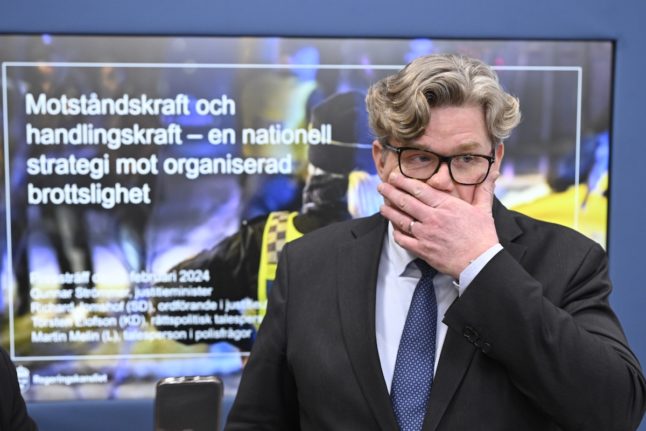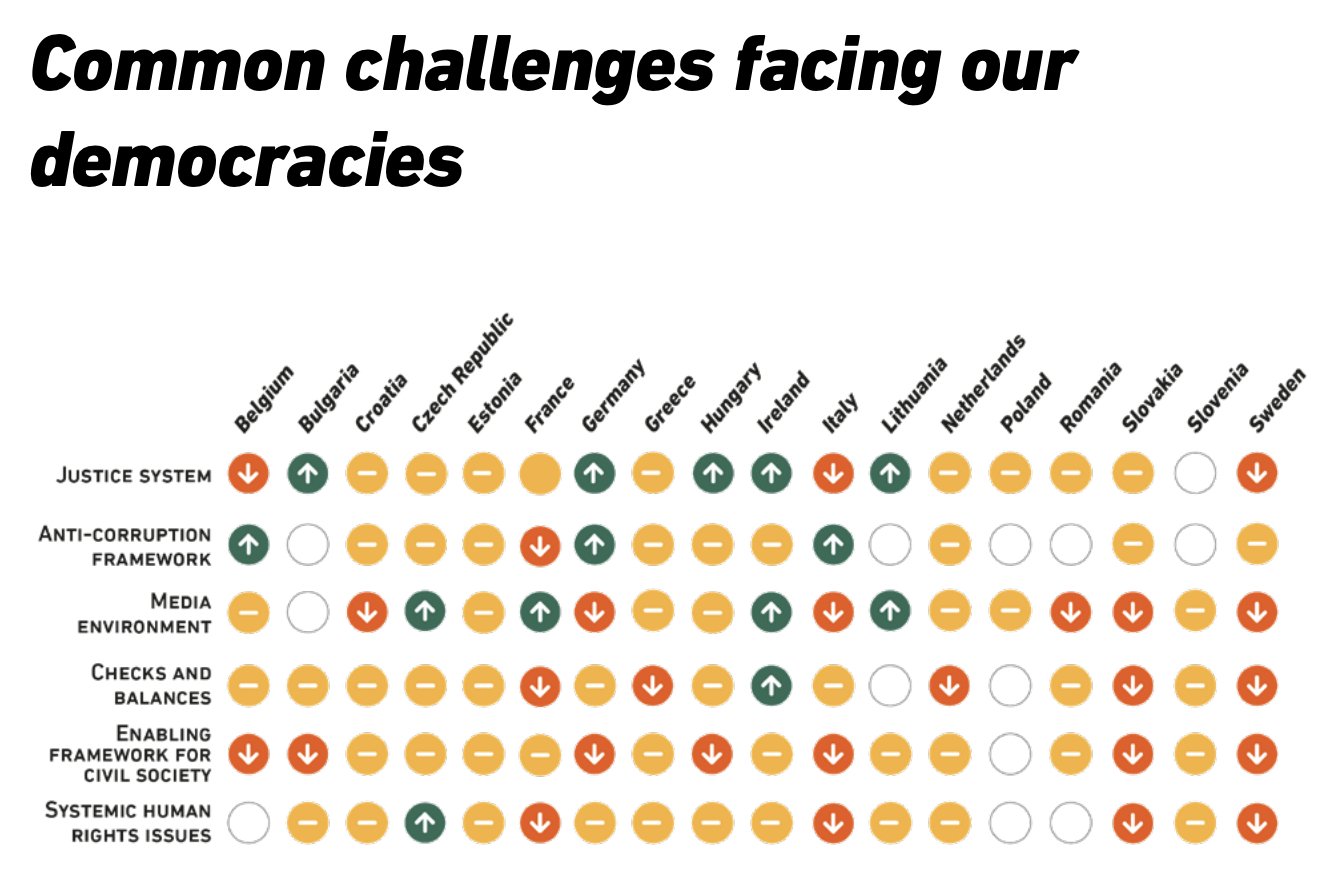In Sweden, deadly shootings have risen since the year 2000, although other fatal violence has reduced in the same period, meaning that deadly violence as a whole has remained relatively steady. Brå noted that the decline in other forms of deadly violence has served to “hide” the rise in fatal shootings.
Brå’s most recent figures showed that 48 people died of gun violence in 2020 (4.6 per 1 million inhabitants), a rise of three from the year before.
Europe as a whole has seen a reduction in both deadly violence and deadly shootings over the same time period. The average rate of deadly shootings in the European countries studied has more than halved since 2000.
No other country included in the study has seen a similar rise in fatal shootings; while not all have seen a steady year-by-year decline (and England and Wales for example saw a rise in fatal knife violence), Sweden’s increase is the most stark, and has been steady since 2005. Brå’s most recent statistics suggest that deadly gun violence increased last year too.
The report compared Sweden with 22 countries in Europe using data on cause of death from Eurostat and Nordic authorities, and the data was compiled at the request of the Swedish government.
“Sweden has moved from close to the bottom of the European rankings [in terms of deadly violence per capita] to very high up. It is only Croatia which in the past four years [of available data across countries studied, 2014-2017] has a higher level of deadly shootings,” said Brå researcher Klara Hradilova Selin. Between 2000 and 2003, Sweden was 18th out of the 22 countries for deadly shootings per capita.
In 2018, the most recent year for which data was available (although it was not available for all countries), Sweden had the highest level of deadly shootings of the countries included.
The report confirms what has been clear to people working in the police and other roles that come into contact with crime perpetrators or victims.
“The increased gun violence in Sweden is unique in comparison with most other countries in Europe, and there are no clear explanations for that,” Håkan Jarborg, a police chief in southern Sweden, told the TT newswire.
Most of the fatal shootings in Sweden (around 80 percent) had a link to organised crime, according to the study, a proportion which had risen from 30 to 50 percent in the early 2000s and less than 20 percent in the 1990s. Brå also compared the proportion to other countries: around 60 percent of fatal shootings were linked to organised crime in the Netherlands, while in Finland such events were extremely rare.
While Brå did not find a clear explanation for the rise, the study highlighted three possible developments: illegal drugs trade, conflicts within organised crime networks, and low levels of trust in the police, although the agency noted that these factors are present in other countries that have not seen a parallel rise.
“We don’t know why, it’s a kind of social contagion,” said Klara Hradilova Selin, adding: “If one shooting happens, very often another takes place close by in time and location.”
The report did find that the level of deadly knife violence was not significantly different in Sweden compared to the other countries studied, and there was neither a clear upward nor downward trend over the time period studied. Looking at other fatal violence, Sweden had slightly lower levels than the European average, and a decline over the period studied.
- From the archives: Does crime in Sweden affect your life? Foreign residents share their stories




 Please whitelist us to continue reading.
Please whitelist us to continue reading.
Why did crime increase in the past 4 years and not before ? As you write …“from close to bottom to very high up”…? There should be a analyze available. Who exactly is causing these shootings etc.? Could you share that knowledge or have it part of the next article? Looking forward to read more about this subject.
Thanks for the comment and questions – fatal shootings (not crime or murders in general) didn’t only increase in the past 4 years, it’s been a steady rise since 2005. What has also happened is that fatal shootings have declined in most other European countries. I think the reason the researcher compared the figures for the first 3 years of the study with the figures from the last 3 years is to show the trend, and to show that it’s not just a one-year anomaly.
The report from Brå didn’t focus on the reasons behind the shootings, but did note that young men were most often the perpetrators and the victims, and that most shootings had a link to organised crime. We will certainly keep writing on the subject.
Gee. Wonder why?
Hasn’t every one seen Snabba Cash!?
I think it’s probably explaining it pretty good, they are just too coward to say.
The increased shootings are probably caused by
Immigration policy but you’re not allowed to talk about that